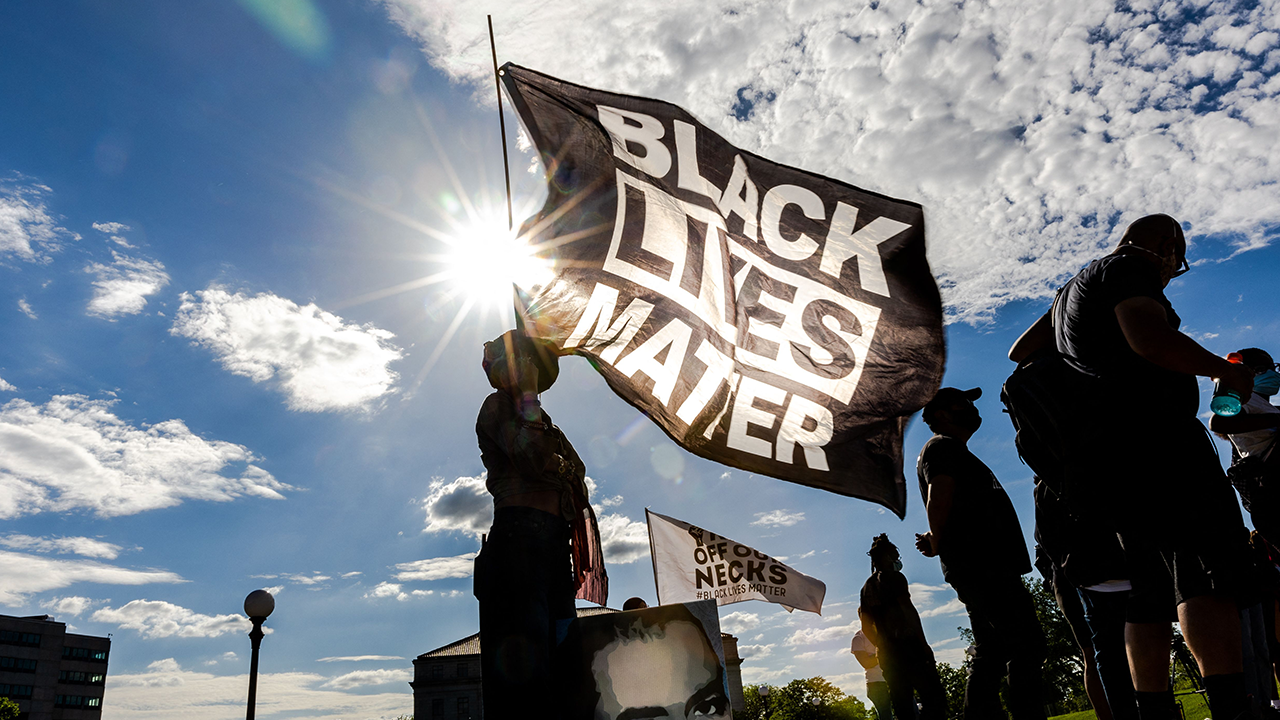3.0. How is a false flag operation conducted?
The sensitive nature of these operations cannot be understated, as their maximum impact is delivered only if the ability to retain the disguise lasts for as long as possible. By keeping responsibility pinned to a target, repercussions against the actual perpetrator can be prevented, and additional damage to reputation or even other attributes through responses from others can be expected.
Though some level of success can be achieved even through a failed operation, the consequences of failure can outweigh these benefits, as false flag operations are viewed as dishonourable or even illegal in certain circumstances. For example, the use of the Red Cross or Red Crescent marking in an attack violates widely agreed upon international laws such as the Geneva Conventions.
The conduct of such an operation also remains specific to its domain and theatre. Strategies and tactics in one domain or theatre may not carry over to another. Impersonating the agents of another state, for example, becomes much easier when conducting an operation in an environment with low surveillance capacity, and while impersonating agents of a state with little ability to provide an alibi. Furthermore, one’s own agents become a liability in this case, as their responsibility must be unknown or silenced through other methods.
4.0. Tips and tricks for false flags
A false flag operation will generally also benefit from the continued maintenance of the escalation ladder. A state avoiding escalation beyond proportional response can mitigate or avoid the consequences of failure or inevitable detection. Indeed, the more limited the scope of the operation in terms of achieving a concrete objective, the better.
For example, Russia’s “little green men” did not organise mass violence. By using existing local forces that were already present in Ukraine, Russian conventional forces were able to walk into Crimea in 2014, creating mass confusion and delaying any response from being effective. Within days, Russia had occupied the region and faced little to no resistance in doing so. A paralyzed Ukraine could only watch helplessly, while powers such as the United States were only able to respond with sanctions. The scope of the false flag operation remained only to conceal the movements of the first moving Russian forces. States disbelieving the validity of the Russian account did not matter nearly as much after the success of the operation [
source].





